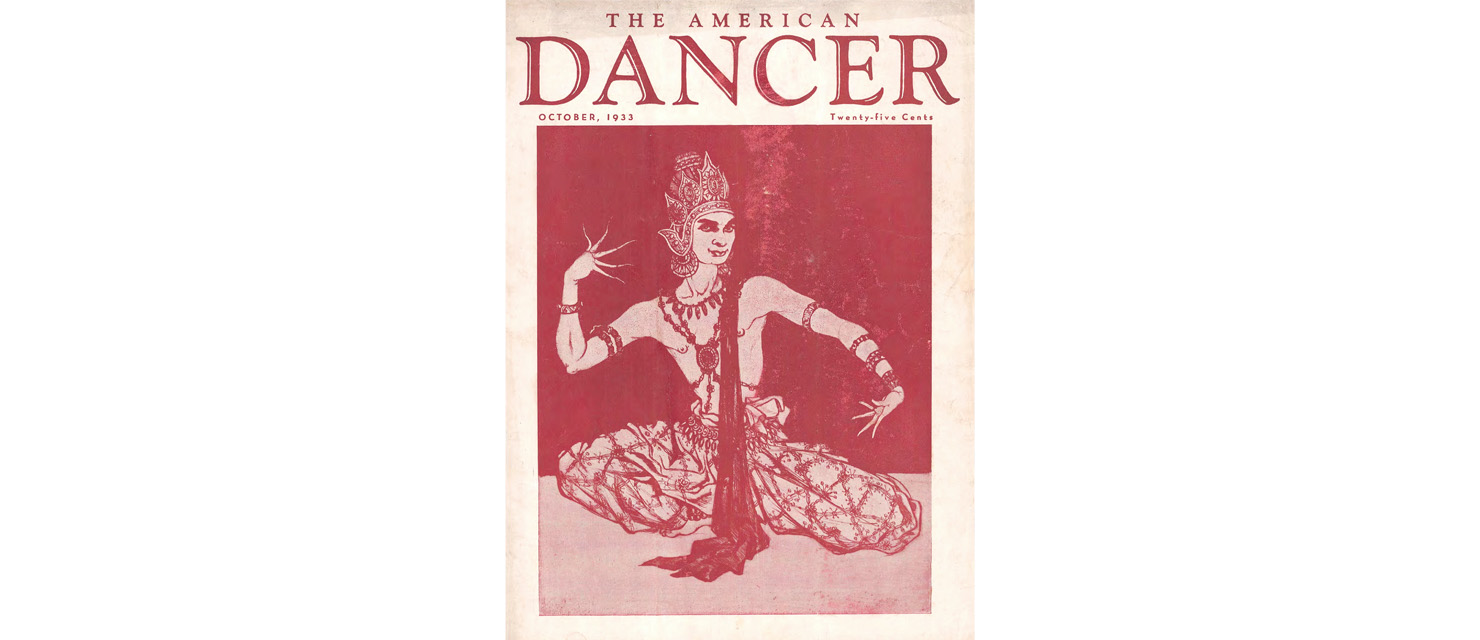
In the October 1933 issue of The American Dancer, the predecessor to Dance Magazine, writer Basanta Koomar Roy profiled Uday Shankar on the eve of the Indian dance artist’s second U.S. tour.
Roy wrote that Shankar was “endowed with such sensitive arms and hands that he is able to paint the Mudras in the air with artistic necromancy,” adding that the legendary ballerina Anna Pavlova, who partnered with him for two of her “Hindu ballets,” described him as having a “perfect dance body.” After working with Pavlova in the 1920s, Shankar established his own Paris-based troupe in 1931 and spent the next seven years touring extensively before resettling in India and opening the Uday Shankar India Cultural Center in 1938. (It closed in the wake of World War II and was reestablished in Kolkata in 1965.)
Though Shankar did not have any formal training in Indian classical dance, his style—an interpretation of traditional Hindu dance combined with Western theatrical sensibilities, which came to be known as Hi-dance—is credited with increasing public interest in Indian dance in India, Europe, and the U.S. “My responsibility is great,” Roy recalled Shankar telling him in 1933. “Well, my name is Shan-Kar [sic]; and Shan-Kar is another name of Siva, and Siva as a dancer is known as Nataraj—the god of the dance—the cosmic dancer. So you see I bear a great name; and whatever I have within me, I have to give my very best as a humble offering at the feet of Nataraj.”
Shankar was awarded the Sangeet Natak Akademi Fellowship, the highest honor conferred by India’s national performing arts school, in 1962. He died in 1977 at age 76.
